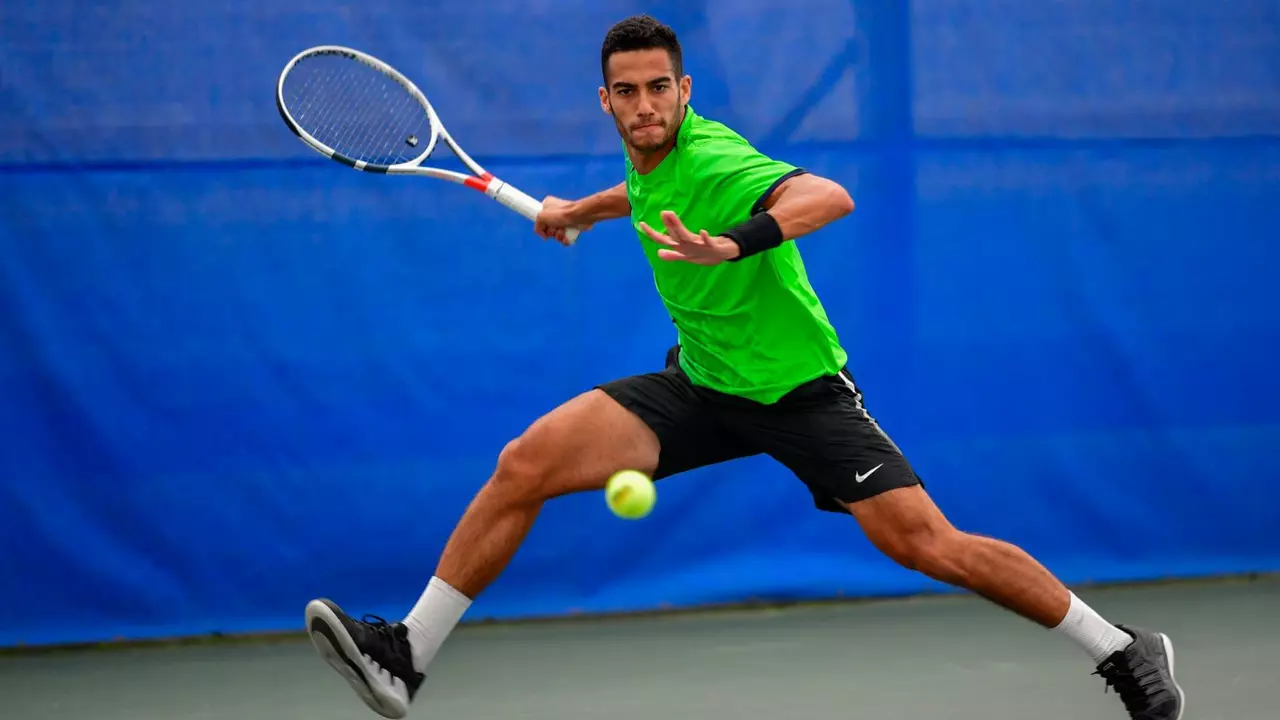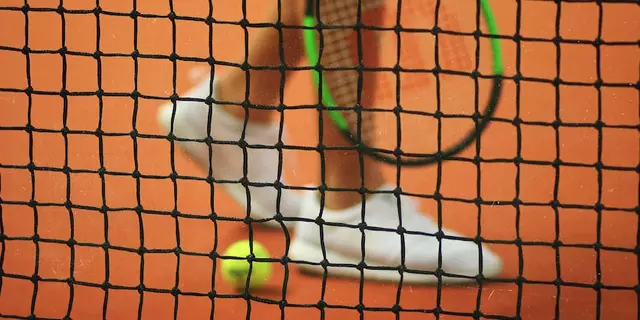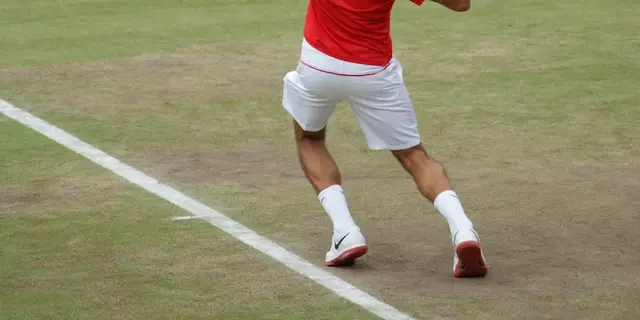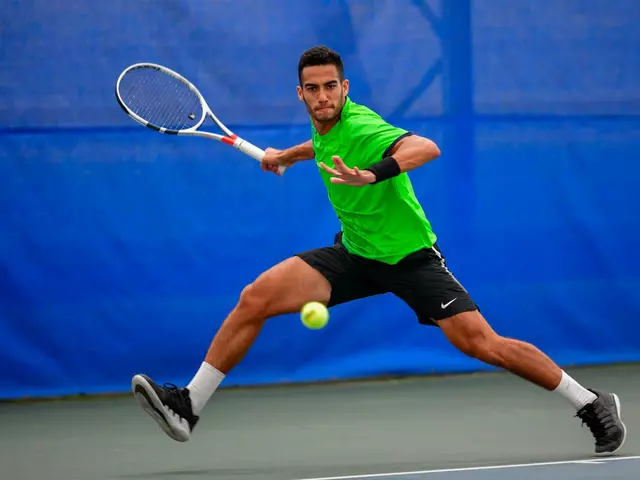Tennis Players – Insider Tips, Stories & Secrets
Whether you’re just picking up a racket or you’ve been on the court for years, learning from the best can shave years off your progress. Below you’ll find real‑world habits of top tennis players, why they think the way they do, and simple ways to bring those habits into your own practice.
What Makes Top Players Tick?
First off, the biggest difference isn’t a magic swing – it’s consistency. Players like Novak Djokovic and Rafael Nadal train every single day, even when they feel tired. They break their routine into three parts: movement, shot execution, and mental reset. When they finish a drill, they immediately move on to a short breathing exercise to keep focus sharp.
Second, they treat the court like a chess board. Instead of reacting, they plan the next two shots ahead. This habit stems from countless match‑play simulations where they practice forcing opponents into uncomfortable positions. If you start visualising the next rally while you’re serving, you’ll notice fewer unforced errors.
Third, nutrition and recovery are non‑negotiable. Elite players eat balanced meals every 3‑4 hours and schedule ice baths or foam‑rolling after every intense session. You don’t need a pro‑level kitchen, but a simple routine of hydration, protein, and 7‑8 hours of sleep can dramatically boost performance.
How to Apply Pro Secrets to Your Game
Start with a 15‑minute daily drill that mirrors the three‑part routine. Warm up with footwork ladders for 5 minutes, spend another 5 minutes on a specific shot (like the backhand slice), then finish with a 5‑minute mental reset – close your eyes, breathe, and picture your next match point.
Next, add a “two‑shot plan” habit. Before each practice game, write down what you want to achieve on the first two points. For example, aim to hit a deep forehand on the first point and a drop shot on the second. This keeps you purposeful and stops you from falling into random rally mode.
Finally, track your recovery. Keep a simple log: note the time you go to bed, what you ate post‑practice, and any aches you feel. Over a month you’ll spot patterns – maybe a sore elbow shows up after you skip the ice bath. Adjusting one small thing can prevent injury and keep you training consistently.
By copying these habits, you’ll notice steadier improvement without needing a pricey coach. Remember, the goal isn’t to become a Grand Slam champion overnight, but to adopt the mindset that separates good players from great ones.
Ready to test these ideas? Grab a ball, set a timer, and give the three‑part drill a go tomorrow. You’ll feel the difference before the week is over.

Why do tennis players bend when they are receiving serves?
Tennis players bend when receiving serves as a part of their ready stance, which is crucial for a quick and efficient response. This position lowers their center of gravity, enabling better balance, flexibility, and speed. It also allows them to spring in any direction based on the serve's trajectory. Bending the knees helps generate power for the return shot and promotes overall agility. So, the next time you watch a tennis match, notice this technique that blends strategy with physics.
Detail



